Federal system executive bodies government of the Russian Federation is an institution performing public administration. He has a certain degree of legal independence. Let us further consider which bodies are included in the system of federal executive bodies of the Russian Federation. 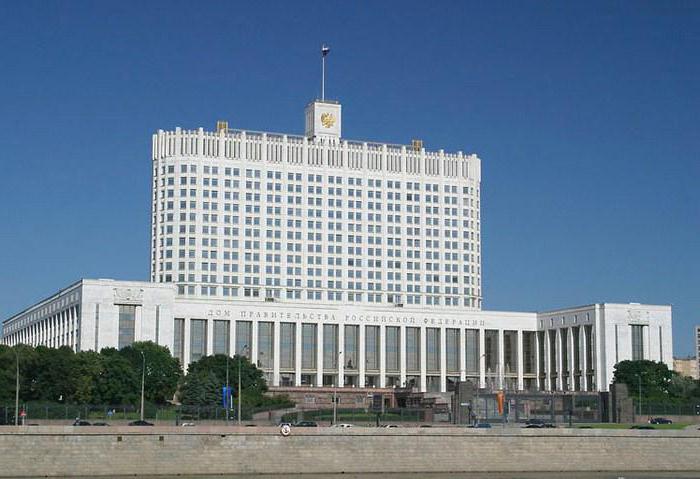
general characteristics
The executive federal authority is a special organization. It is established by the state. The main tasks of the executive bodies include the implementation and enforcement of legal and other regulatory acts, public administration functions in all areas of the country's life. These institutions carry out their activities using special methods and forms. All of them have the appropriate structure, authority, competence, staff of civil servants.
Signs
The state-legal nature of executive bodies of federal significance is determined by the constitutional division of state power. Their presence in the national sphere is a consequence of the legal consolidation of this differentiation. Executive bodies act as an external form of expression of power. They are formed in order to implement its tasks in practice. This determines public administration in the social and cultural, economic, administrative and political fields of public life. Each body has its own name. Normative acts determine the procedure for the formation, liquidation and reorganization of each institution. 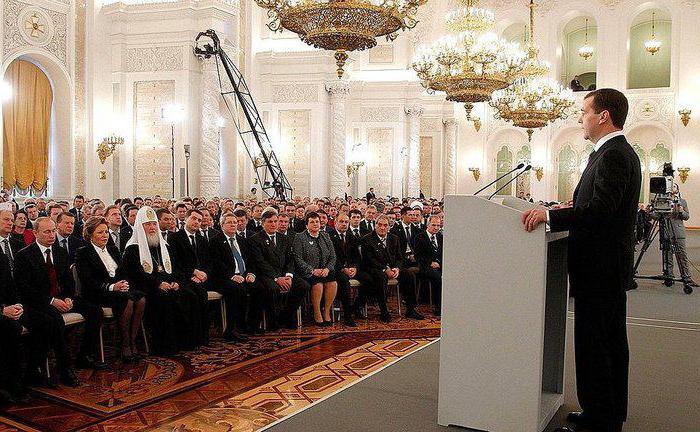
Work principles
The activities of executive structures are based on the following provisions:
- Ensuring the territorial and state integrity of the country.
- The spread of sovereignty of the Russian Federation within its borders.
- The supremacy of the Constitution.
- The unity of the system of state power.
- Separation of powers and competences between state institutions.
- The division of state power into three areas.
Competence
Executive federal bodies are vested with special powers. They are implemented in special forms. Institutions have specific competencies enshrined in regulatory enactments. As a rule, it includes rights, duties, tasks, responsibilities and authorities. The content of the latter includes:
- Control and supervisory functions.
- Executive and administrative work.
- Legal actions, making decisions that cause important legal consequences.
- Normative and jurisdictional (law enforcement) activities.
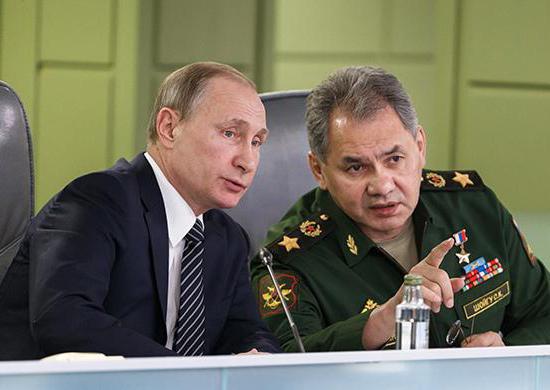
Classification
The modern system of federal executive bodies includes institutions endowed with legislative initiative. They also have state powers to adopt regulations and control their implementation. By the nature of competence, institutions of intersectoral, general and sectoral orientation are distinguished. The latter direct the work of their subordinate sectors.
For example, the system of federal executive bodies includes the Ministry of Health, the Committee on Metallurgy, and so on. Cross-sectoral institutes exercise special powers. They perform common tasks for management spheres and industries.They, for example, are the Ministry of Finance, the Ministry of Economic Development and others. Executive bodies may be collegial or one-man. The first should include organizationally organized groups of people who make decisions by a majority of votes. This, for example, state committees, the government. In the sole bodies, the approval of decisions is carried out by the head individually.
What is not included in the system of federal executive bodies?
The Constitution and other regulatory documents establish the distinction between legislative, judicial and administrative institutions. Thus, the State Duma, the Federal Assembly, the Armed Forces, the Supreme Arbitration Court and other courts of Russia are thus not included in the modern system of federal executive bodies. The law allows for the implementation of joint activities of regional, local and state management institutions. Moreover, the normative acts establish a list of issues that may relate to general jurisdiction. The system of federal executive bodies of the Russian Federation is multilevel. The institutions that are included in it can create territorial units and control their work. In this case, the latter are accountable and are also included in the system of federal executive bodies. 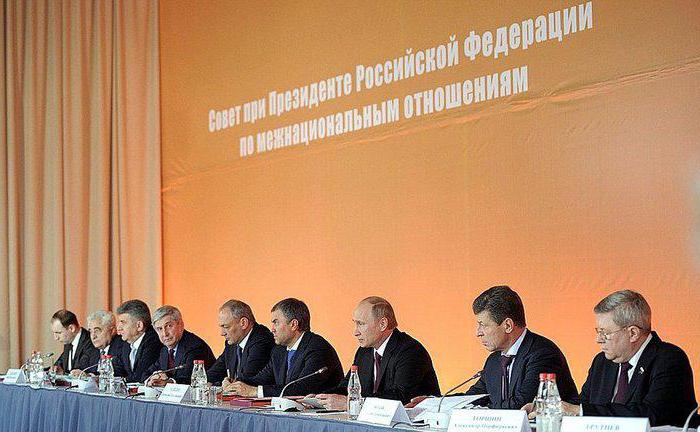
Internal organization
The President, by his Decree of January 10, 1994, determined which structures are included in the system of federal executive bodies. The Institute, in particular, is formed by:
- Russian Government.
- Ministries.
- State Committees.
- General Directorate of State Guard.
- Federal services.
- Government Information and Communications Agency.
- Tax department.
- Federal Supervision of the Russian Federation.
The Institute is also composed of:
- Federal commissions.
- Russian agencies.
- Some services under the president of Russia.
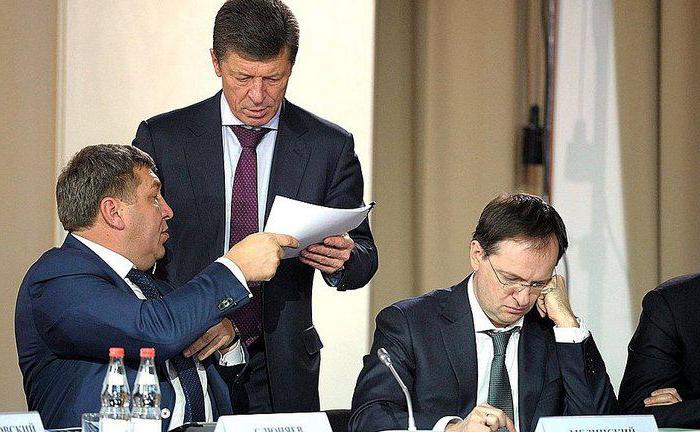
Ministries and departments
Institutions that are part of the system of federal executive bodies have some differences. So, the ministries carry out state policy and carry out management in a specific field of activity. They also coordinate in the established sector the work of other institutions, which are also included in the system of federal executive bodies. The leadership of the ministry is carried out by an official included in the government. Departments are considered relatively independent institutions. Their leaders are not included in the government. Departments also do not act as structural units of ministries. Their work is coordinated directly by the Government.
State Committee and Commission
These institutions are included in the system of federal executive bodies for the implementation of intersectoral coordination on issues that are exclusively within their competence. Their work is carried out on a collegial basis. The State Committee and the Commission also carry out functional regulation in a specific field of activity. The heads of these institutes are called chairmen. They are not included in the Government.
Other institutes
Among other bodies, it is worth noting the federal service, the Russian agency and the supervisory authority. These institutions carry out special functions in certain fields of activity. In particular, they carry out executive, regulatory, licensing, control and other tasks. The Russian agency is led by a general director. Supervisory authority is headed by the head. Management of the federal service is carried out by the director. 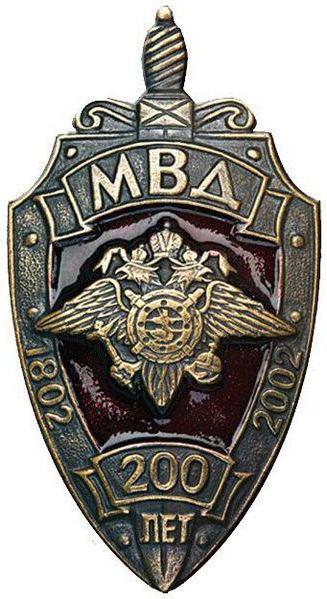
Government
It is included in the system of federal executive bodies of the Russian Federation in accordance with the Constitution and the Federal Law. The government is a collegiate institution. He is the supreme authority and heads the executive branch. The government is formed from:
- Chairman.
- Deputies (the first including).
- Federal ministers.
In cases stipulated by law, the chairman temporarily performs the duties of the head of state. In his absence, one of the deputies shall exercise his authority in accordance with the written distribution.
Prime Minister
The appointment and dismissal of this person from office is carried out by the head of state in the manner provided for in the Constitution. When the chairman is removed from office, the government automatically resigns. But when the official is relieved of his duties, the head of state has the right to delegate them to one of the deputies. The term of temporary powers may be up to 2 months. The appointment and dismissal of deputies, as well as federal ministers, is carried out by the president on the proposal of the prime minister.
Activities
The Russian government coordinates and manages the work of federal ministries and other state executive bodies, and monitors their activities. They, in turn, are subordinate to the higher institution and are responsible to him for the implementation of the tasks. The government approves regulations on executive federal bodies. An exception are those whose leadership falls within the competence of the president. The government appoints and removes from it:
- Deputy Fed. ministers.
- Heads of state executive bodies that are not federal ministers, as well as their deputies. Exceptions are officials from institutions under the leadership of the president.
- Heads of organizations and bodies formed under the Government.
- Officials of territorial divisions.
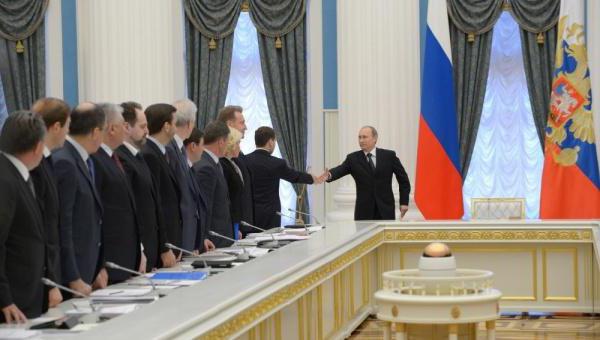
The government has the right to resign. She either rejects, or is accepted by the president. The head of state may, on his own initiative, decide on the resignation of the highest executive body, as well as in cases established by the Constitution. The latter, for example, include the expression of mistrust or the refusal of the State Duma to trust the government.
Normative acts
The Russian government has the right to issue orders and decrees. It also provides for their implementation. Orders and decisions are signed by the chairman. These regulations are binding throughout the state. All decisions issued by the government must be published in the official state publication. The exception is those regulations in which there is information relating to state secrets. Publication must be made no later than 15 days from the date of adoption. If necessary, immediate promulgation among the population of the decision should be made public without delay through the media. Government regulations may not contradict the Constitution. In case of inconsistency of orders and resolutions with the provisions of the Basic Law, Federal Law and presidential decrees, they are canceled by the head of state. The government has the power to accept applications, appeals and other acts that are not of a legal nature.
Meetings
The government meets at least once a month. The meeting may be attended by the president as chairman. In accordance with the established procedure, representatives of:
- Chambers of the Federal Assembly.
- COP, Sun, YOU.
- Prosecutor General's Office.
- Accounts Chamber.
- Central Bank and other persons.
Federal ministers and vice chairs attend meetings in person. If it is impossible for them to participate, they are obliged to inform the highest official of the government about this.